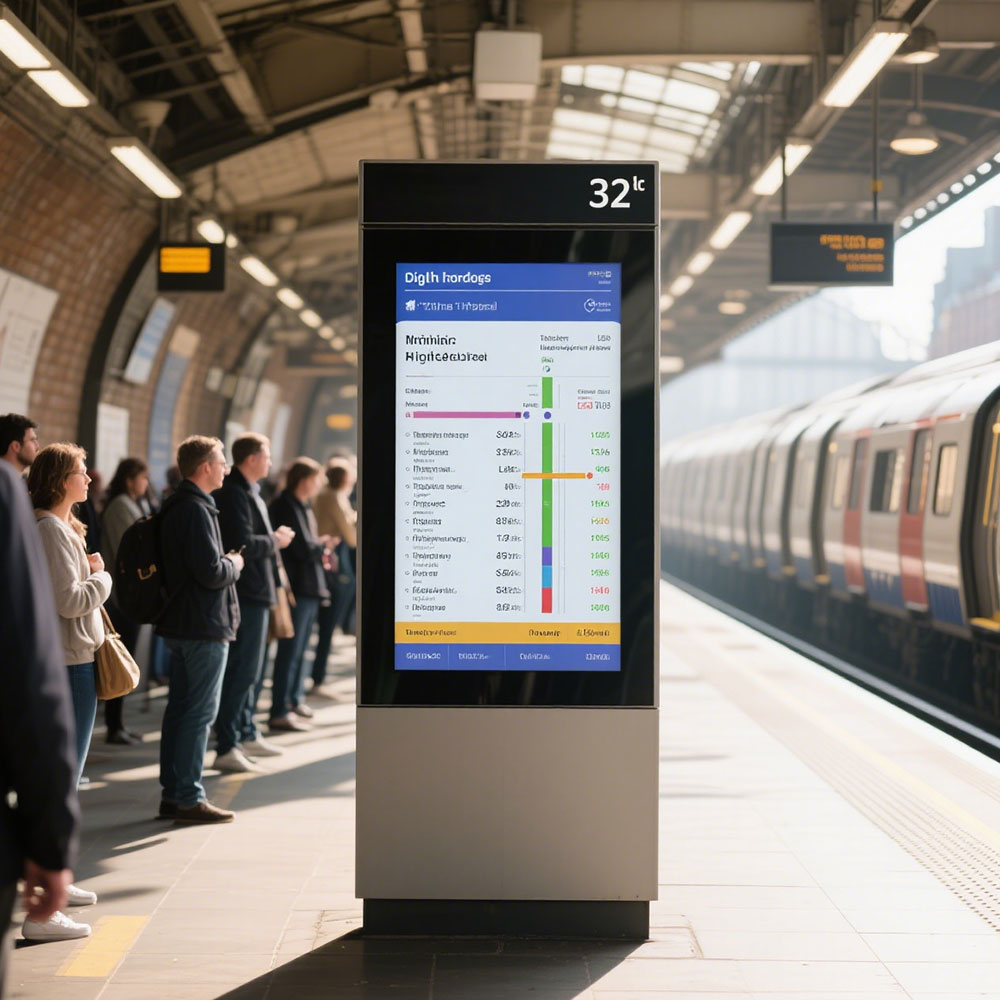When selecting an outdoor LCD screen for commercial, industrial, or public use, it's essential to prioritize both visibility under varying lighting conditions and long-term durability against environmental stressors. Industry standards such as IP65 for dust and water resistance, and MIL-STD-810G for shock and vibration testing, must be met for reliable operation in harsh environments. Brightness is arguably the most critical factor—outdoor screens typically require at least 5,000 nits of peak brightness to remain legible in direct sunlight, with some high-end models reaching 7,000–10,000 nits for extreme conditions like construction sites or airport displays.
Another crucial element is display technology. LED-backlit LCDs are more energy-efficient than CCFL and offer better contrast ratios, while OLED panels, though visually superior, are less common outdoors due to burn-in risks and higher costs. For extended service life, look for screens rated for 50,000+ hours of continuous operation, often measured using MTBF (Mean Time Between Failures). Thermal management is equally important—many manufacturers integrate passive cooling systems or active fans to prevent overheating in high-temperature climates, especially in regions exceeding 40°C ambient temperature.

Case studies from cities like Singapore and Dubai show that outdoor LCD installations with integrated sun sensors and automatic brightness adjustment not only reduce power consumption by up to 30% but also improve user experience by dynamically adjusting contrast based on real-time light levels. Additionally, mounting options—such as pole mounts, wall brackets, or weatherproof enclosures—must be selected based on installation location and maintenance accessibility.
Finally, consider connectivity and remote management features. Modern outdoor LCDs support PoE (Power over Ethernet), Wi-Fi, and cellular modules for centralized monitoring via cloud platforms. This ensures quick troubleshooting and firmware updates without requiring on-site technicians—an increasingly vital feature for large-scale deployments across multiple locations. By aligning technical specifications with real-world performance data and industry best practices, businesses can ensure their outdoor displays deliver consistent, clear visuals year-round.







